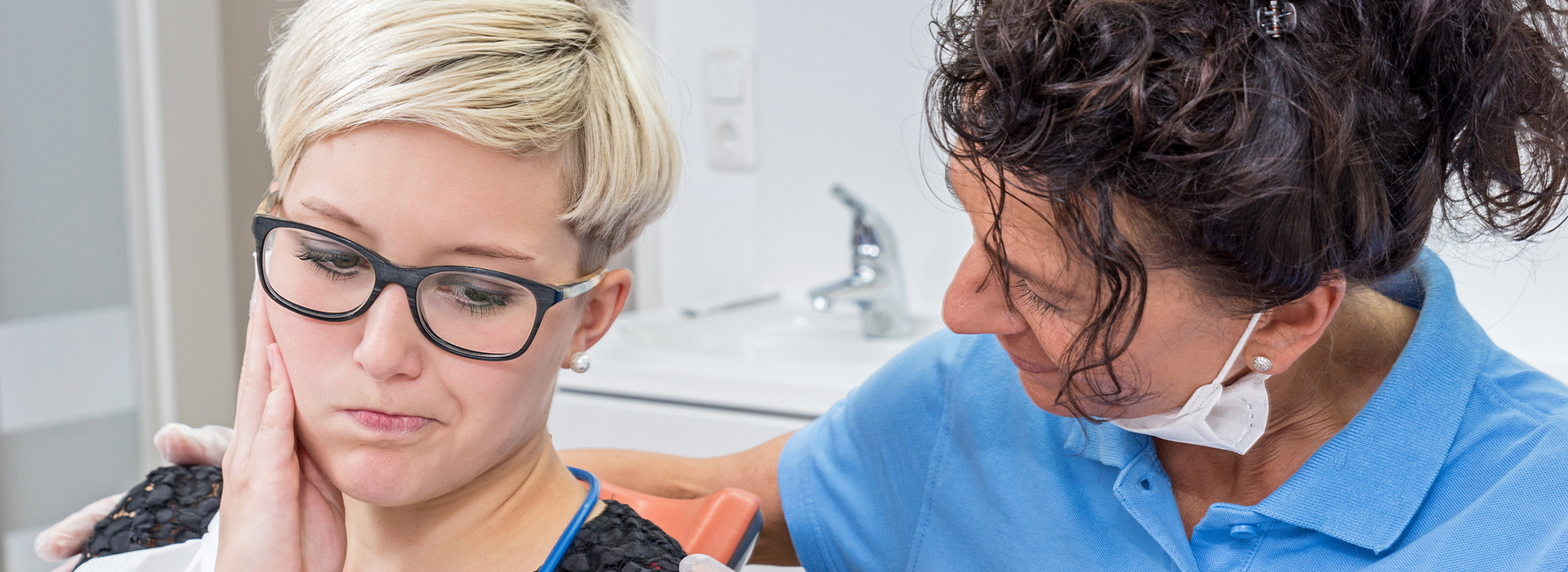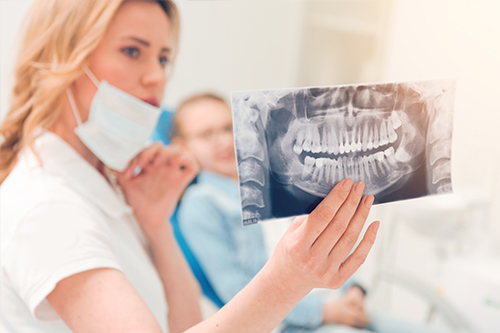What to Do Right Away After a Dental Emergency
When a dental emergency happens, minutes matter. If you experience sudden, severe pain, uncontrolled bleeding, a knocked-out tooth, or swelling that affects breathing or swallowing, seek immediate medical attention. For less life-threatening but urgent dental issues, reaching out to a trusted dental practice quickly can prevent further damage and make definitive treatment simpler and more effective.
While you arrange to see a dentist, there are practical first-aid steps that often reduce pain and improve outcomes. Rinse your mouth gently with warm water to remove debris, apply a cold compress to control swelling, and use clean gauze to manage bleeding. If a tooth has been dislodged, avoid touching the root; try to reinsert it gently if possible, or keep it moist in milk or a tooth-preservation solution until you can get professional help.
Remaining calm and acting swiftly are the two best assets you can bring to an emergency. Our West Des Moines team emphasizes timely evaluation to determine whether immediate stabilization, same-day treatment, or temporary measures are the appropriate next steps. Prompt care often means saving natural tooth structure and avoiding more extensive procedures later.
Typical Emergency Conditions We Manage
Dental emergencies come in many forms, and recognizing the problem will help the clinical team prioritize care. Common urgent issues include intense toothaches, traumatic fractures or chips, infected or abscessed teeth, lost or broken restorations, displaced crowns, and painful or problematic wisdom teeth. Soft-tissue infections, suspicious oral lesions, and swelling that risks airway compromise are also treated with urgency.
In addition to describing symptoms, patients often present with denture problems or sudden loosening of teeth caused by trauma or advanced periodontal disease. Because infections in the mouth can spread quickly and affect overall health, our approach focuses on controlling pain and infection first, then restoring function and structure once the immediate threat has passed.
- Toothaches and dental pain of unknown origin
- Chipped, fractured, or dislodged teeth
- Infections and abscesses with swelling
- Loose or broken fillings and crowns
- Problematic wisdom teeth and sudden denture failures
When you describe your symptoms over the phone, expect questions about pain level, recent injuries, swelling, and any visible changes. That information helps the clinical team determine whether same-day care is needed and how to prepare for your visit so treatment can begin without delay.
How We Diagnose and Triage Urgent Dental Needs
Effective emergency care begins with a focused exam and the right diagnostic tools. During your first appointment, the dentist will take a careful history, perform an oral exam, and use imaging as needed to assess fractures, root problems, or hidden infection. Digital X-rays and other modern imaging methods speed diagnosis and improve treatment planning while minimizing radiation exposure.
Triage is an essential part of handling multiple urgent cases: the team assesses which conditions threaten the tooth, soft tissue, or overall health and assigns priorities accordingly. Pain control and infection management are often addressed immediately with local anesthetic, prescriptions when appropriate, and short-term measures to stabilize the area before definitive care.
In many instances, quick, accurate diagnosis allows the dentist to offer immediate repair or to place a temporary restoration that protects the tooth and reduces discomfort until a comprehensive solution can be scheduled. Clear communication about the findings and next steps helps patients understand expectations and recovery timelines.
Treatment Approaches: Relief Today, Restoration for Tomorrow
Treatment for dental emergencies ranges from conservative, same-day interventions to staged restorative plans. For minor chips or loose fillings, the dentist may perform bonding or replace a filling to restore form and function quickly. For more extensive fractures, a crown or onlay may be recommended once the tooth is stabilized.
If the tooth’s nerve is involved and pain or infection is present, root canal therapy is a predictable way to remove the source of infection while preserving the natural tooth. When a tooth cannot be saved because of severe damage or infection, extraction may be necessary; in those cases, the clinical team will discuss replacement options and the timing of future restorative work.
Temporary solutions—such as a protective splint, medicated dressing, or provisional crown—can bridge the period between urgent care and definitive treatment. These measures reduce sensitivity, guard against further breakage, and make it easier to plan a lasting, functional, and aesthetic restoration.
Recovery, Follow-Up Care, and Tooth Replacement Options
After an emergency visit, follow-up care is essential to ensure healing and to complete any necessary restorative steps. The team will provide guidance on pain management, oral hygiene, diet modifications, and signs that require immediate re-evaluation. Scheduling follow-up appointments enables the dentist to monitor healing and finalize any restorative work in a controlled, predictable manner.
When tooth replacement is needed, today’s options include dental implants, fixed bridges, and removable prosthetics. Each solution has different implications for procedure time, preservation of adjacent teeth, and long-term maintenance. Dental implants are often praised for their durability and ability to preserve jawbone, while bridges and dentures offer reliable alternatives depending on individual needs and anatomy.
Choosing the right path begins with a thorough review of your oral health, functional goals, and lifestyle. The practice emphasizes a patient-centered approach: we prioritize treatments that restore comfort and chewing function while aiming for long-term stability and natural-looking results.
At Smiles for Life, our team is committed to delivering clear, efficient emergency care that focuses on immediate relief and durable outcomes. If you're experiencing an urgent dental problem or want to learn more about how we handle emergencies, please contact us for more information.






